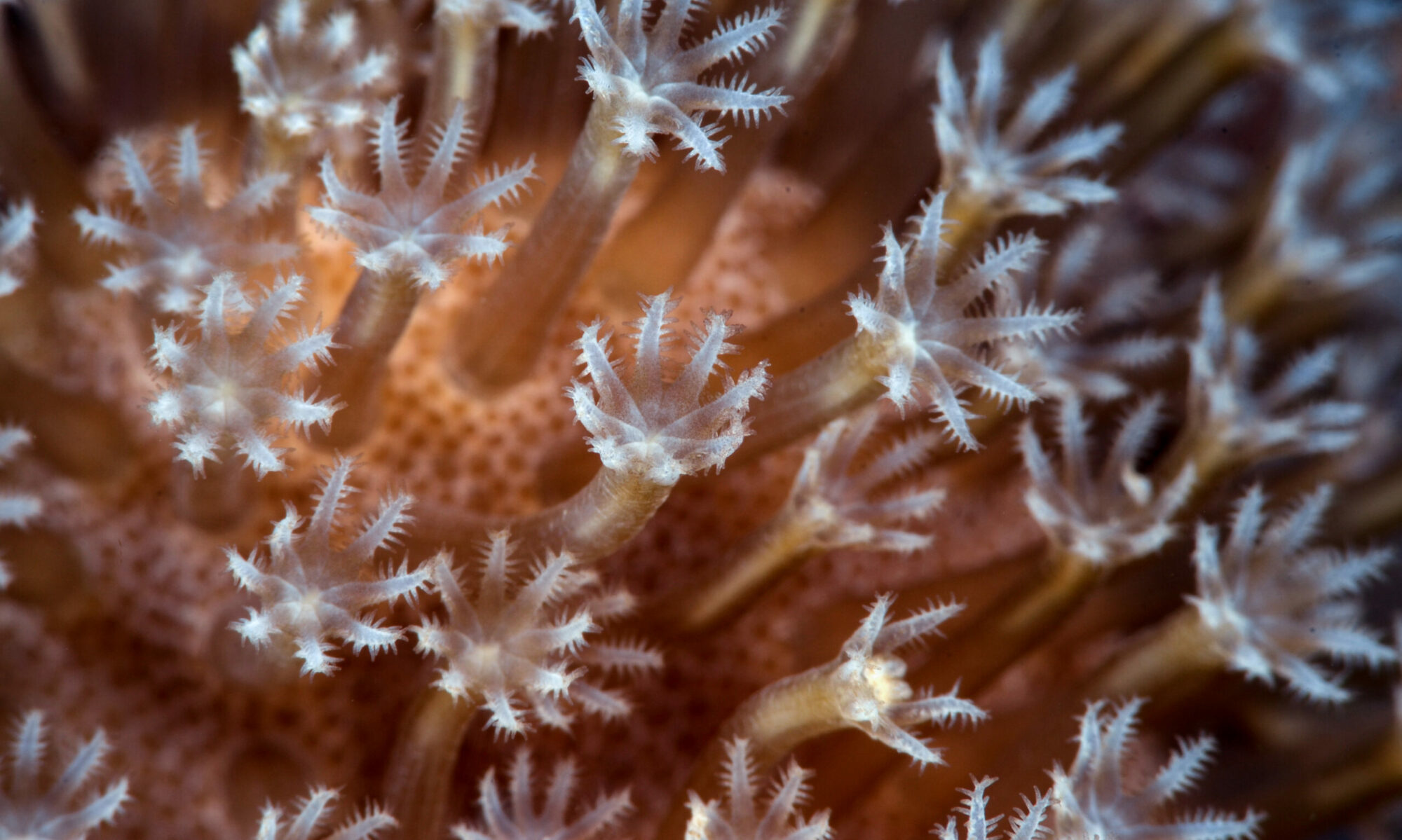Guam EPSCoR is using a combination of phylogenetic and population genetic methods to characterize the genetic diversity of corals in Guam. Species boundaries in corals inferred from genetic data are often in conflict with traditional morphological species definitions. Using next-generation sequencing technologies, Guam EPSCoR aims to reconcile these conflicting hypotheses, establish a more accurate baseline for the coral diversity of Guam and provide important biodiversity information for future reef management efforts.

Image of Guam EPSCoR Researchers collect coral tissue samples along an underwater transect.
Core Objectives:
- Characterize coral colonies and populations that survive coral bleaching
- Describe and improve understanding of the coral diversity found on Guam’s reefs
- Understand differences in susceptibility of corals to bleaching and other stressors at the levels of populations and individuals
This material is based upon work supported by the National Science Foundation under Grant Number OIA-1457769.
Any opinions, findings, and conclusions or recommendations expressed in this material are those of the author(s) and do not necessarily reflect the views of the National Science Foundation.

